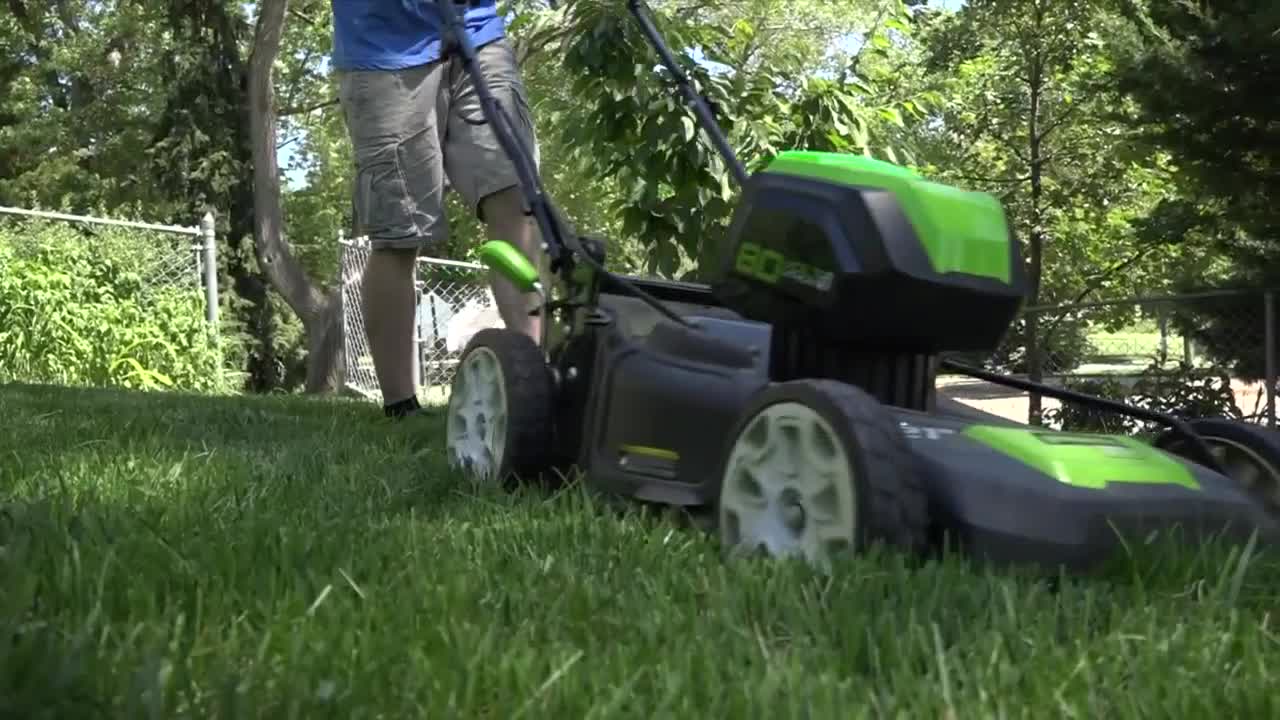Sustainable Greenery: Eco-Friendly Lawn Maintenance Tips




Introduction:
Embarking on the journey of eco-friendly lawn maintenance not only contributes to a healthier environment but also results in a lush, vibrant lawn. In this article, we explore sustainable practices and mindful approaches that promote green harmony, providing a guide for those looking to maintain a beautiful lawn while minimizing their ecological footprint.
Choosing Native and Drought-Resistant Plants:
The foundation of eco-friendly lawn maintenance begins with the careful selection of plants. Opting for native species adapted to the local climate not only ensures a thriving lawn but also minimizes water requirements. Drought-resistant plants are key contributors to water conservation, making them ideal choices for eco-conscious homeowners.
Water Conservation Techniques:
Efficient water use is a cornerstone of eco-friendly lawn maintenance. Implementing water conservation techniques, such as drip irrigation and smart irrigation systems, ensures that water is distributed precisely where and when it’s needed. Additionally, watering during the early morning or evening reduces evaporation, maximizing the effectiveness of each drop.
Natural Lawn Fertilization Methods:
Rather than relying on synthetic fertilizers that can introduce harmful chemicals to the environment, embrace natural lawn fertilization methods. Compost, organic fertilizers, and grass clippings can nourish the soil, fostering a nutrient-rich environment for your lawn to thrive. These methods enhance soil health without compromising the well-being of surrounding ecosystems.
Integrated Pest Management:
Maintaining a healthy lawn involves addressing pest issues responsibly. Integrated Pest Management (IPM) focuses on minimizing the use of chemical pesticides. Instead, it emphasizes natural predators, beneficial insects, and cultural practices to control pests. This approach safeguards the delicate balance of the ecosystem in and around your lawn.
Lawn Aeration for Soil Health:
Aeration is a crucial aspect of eco-friendly lawn maintenance, promoting soil health and optimal grass growth. By perforating the soil, aeration enhances water absorption, nutrient penetration, and root development. This natural process minimizes soil compaction and contributes to the overall resilience of your lawn.
Mulching for Moisture Retention:
Mulching offers multiple benefits in the realm of eco-friendly lawn care. Mulch acts as a natural insulator, regulating soil temperature and reducing water evaporation. Additionally, it inhibits weed growth, minimizing the need for herbicides, and decomposes over time, enriching the soil with organic matter.
Lawn Mowing Practices:
Thoughtful lawn mowing practices are integral to eco-friendly maintenance. Set your mower blades to a higher level to promote grass health and shade the soil, reducing water evaporation. Adopting a “grass-cycling” approach by leaving grass clippings on the lawn returns nutrients to the soil, reducing the need for additional fertilizers.
Investing in Electric or Manual Tools:
The choice of lawn care tools also plays a role in environmental impact. Opting for electric or manual tools, such as electric mowers or push reel mowers, reduces carbon emissions and minimizes the reliance on fossil fuels. These alternatives offer an eco-friendly solution without sacrificing the quality of lawn maintenance.
Creating Wildlife-Friendly Spaces:
Eco-friendly lawn maintenance extends beyond aesthetics to create spaces that support local wildlife. Incorporate elements like bird feeders, native plants that attract pollinators, and shelter options for small animals. By cultivating a wildlife-friendly environment, your lawn becomes a part of a broader ecosystem, contributing to biodiversity.
Community Education and Collaboration:
Lastly, eco-friendly lawn maintenance is not just an individual endeavor; it’s an opportunity for community education and collaboration. Share your sustainable practices with neighbors, participate in local environmental initiatives, and contribute to the collective effort toward greener, more sustainable neighborhoods.
Conclusion:
In conclusion, embracing eco-friendly lawn maintenance is a holistic approach that benefits both your immediate surroundings and the broader environment. By making mindful choices in plant selection, water usage, fertilization, and lawn care practices, you contribute to the well-being of your lawn and promote a greener, more sustainable landscape. Explore the possibilities of Eco-Friendly Lawn Maintenance at mangamofo.com to discover tips, tools, and resources for cultivating an eco-conscious lawn.
Recent Posts
Lawn Care in Massachusetts: A Seasonal Approach to a Lush, Green Lawn
Maintaining a healthy and vibrant lawn in Massachusetts can be a rewarding challenge. With its...
Discover Your Passion for Teaching with Swim2u’s Swimming Instructor Course
Are you someone who finds joy in teaching and inspiring others? Have you ever thought…
Why Your IT Strategy Needs to Be Tailored for Success: Insights from a Utilities CIO Consultant
IT Strategy : In today’s fast-paced business world, technology plays a central role in driving…
Selling My Car Online in Taylor TX Can Get Me a Better Offer Than a Trade-In
When it comes to selling a car, many people wonder if online platforms offer a…
Why Off-Plan Dubai Projects Could Be Your Best Investment in 2024
As the global real estate market continues to evolve, Dubai remains a top destination for…
The Royal Ring’s Celebrity Connection: How German Royal Engagement Rings Inspire Hollywood
Engagement rings have long been a symbol of love and commitment, but their designs can…

